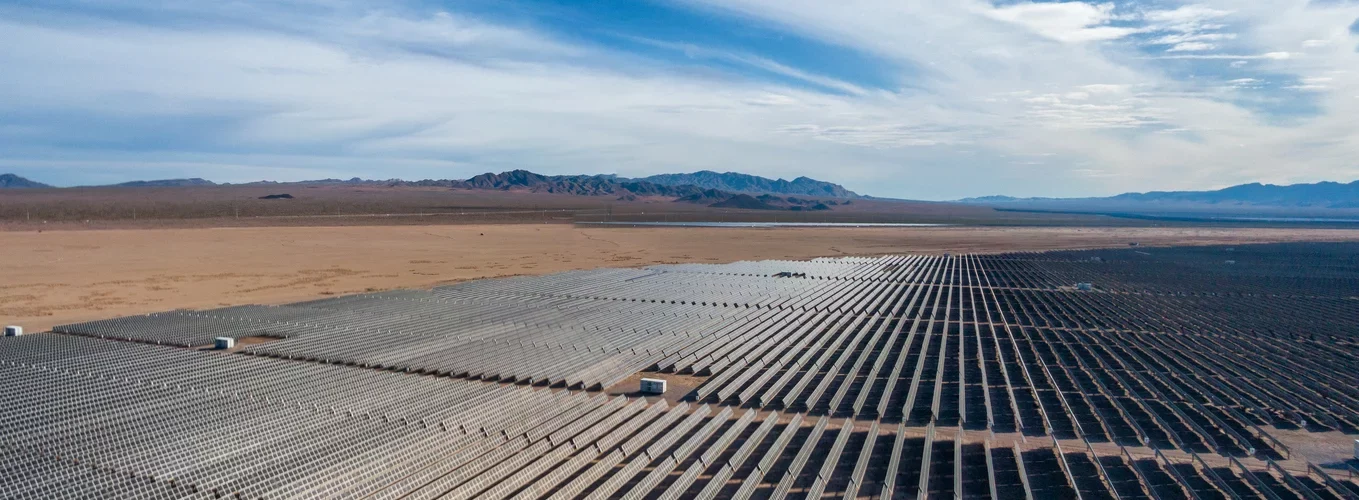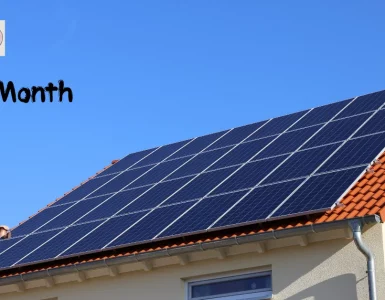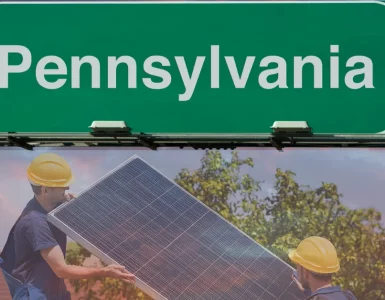The U.S. solar sector is navigating a dynamic landscape in October 2025, with state-level initiatives and regulatory updates shaping deployment, even as federal policy uncertainty continues to weigh on long-term forecasts. From regulatory reforms in Massachusetts and Nevada to executive actions in Arizona, the latest developments highlight both growth opportunities and emerging challenges for the nation’s solar market.
Massachusetts finalizes SMART 3.0 regulations
Boston, Massachusetts – The Massachusetts Department of Energy Resources issued final regulations for the SMART 3.0 program, including annual reassessments of solar incentive rates and program capacity. The Solar Energy Industries Association (SEIA) praised the annual review approach, noting that it better aligns incentives with market conditions compared to the previous fixed structure.
Nevada implements 15-minute netting and new demand charges
Carson City, Nevada – The Public Utilities Commission of Nevada approved a proposal by Nevada Power Company and Sierra Pacific Power to transition to 15-minute netting for solar customers, replacing the previous monthly netting system. Under the new rule, solar owners will receive credit for excess energy only within each 15-minute interval. Additionally, the commission imposed mandatory demand charges on all customers, a measure that industry advocates, including Solar United Neighbors, note could significantly affect rooftop solar economics.
Arizona governor signs executive order supporting solar development
Phoenix, Arizona – Arizona Governor Katie Hobbs signed an executive order in September affirming the state’s commitment to renewable energy expansion amid federal opposition. The order establishes a task force to streamline large-scale solar development and accelerate permitting processes to meet growing electricity demand across the state. The move signals Arizona’s proactive approach to balancing energy growth with timely project approvals.
Wisconsin moves to enable community solar
Madison, Wisconsin – Two Republican lawmakers introduced legislation to establish a community solar program in the state. The bill proposes granting local municipalities and towns authority over project siting and approval, responsibilities currently managed by the state Public Service Commission. The measure aims to expand solar access while providing communities with greater control over local energy infrastructure.
California advances bills to remove taxes on IRA solar benefits and establish regional electricity market
Sacramento, California – California legislators advanced key bills impacting the solar market before the 2025 legislative session adjourned. Gov. Gavin Newsom signed legislation establishing a West-wide regional electricity market, allowing California to export renewable energy to neighboring states. Another bill, pending the governor’s signature, would remove state taxes on IRA-backed solar projects, retroactive to tax year 2023, potentially providing financial relief to thousands of solar adopters.
Clean energy jobs continue strong growth
Washington, D.C. – Employment in the U.S. clean energy sector grew more than three times faster than the national average in 2024, adding nearly 100,000 new jobs, according to a report from Environmental Entrepreneurs (E2). Although the growth rate was the slowest since 2020, the sector continues to outperform broader job market trends, underscoring the economic potential of renewable energy expansion.
U.S. solar market faces potential losses due to federal policy
The United States – SEIA’s latest “U.S. Solar Market Insight” report warns that anti-solar federal policies could result in a loss of up to 44–55 gigawatts (GW) of new solar deployment by 2030, representing an 18% decline from prior projections. Near-term deployment is buoyed by projects already in progress, a rush to meet expiring tax credit deadlines, and strong electricity demand. However, ongoing regulatory uncertainty and policy shifts remain key risks for future solar growth nationwide.
Outlook
October 2025 highlights the crucial role of state policy in advancing solar deployment amid federal unpredictability. While job growth and near-term project completion offer optimism, the industry continues to advocate for stable regulations, streamlined permitting, and supportive tax incentives to maintain long-term momentum in the U.S. solar sector.














Add comment